I use a lot of film images, analogies, and imagination
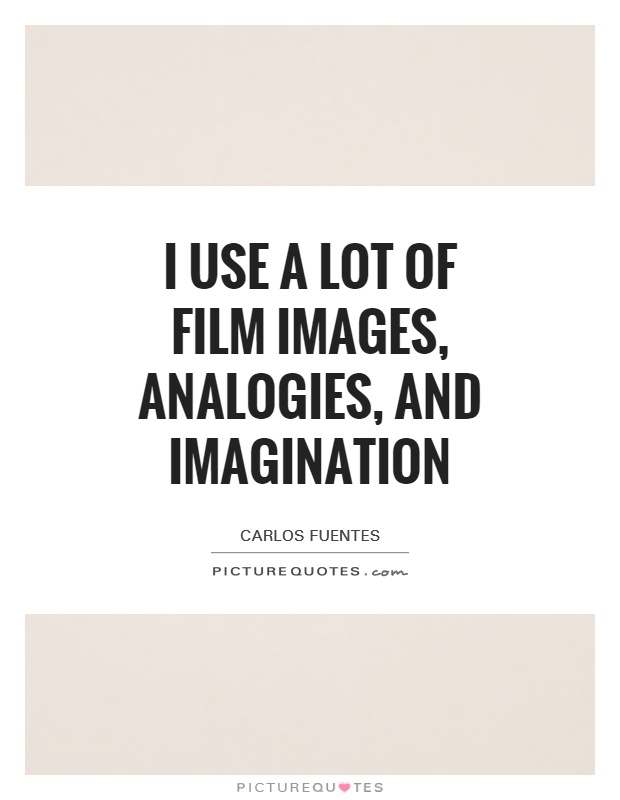
I use a lot of film images, analogies, and imagination
Carlos Fuentes, the renowned Mexican author, was known for his vivid and imaginative storytelling. Throughout his works, Fuentes often used film images, analogies, and a rich imagination to create complex and multi-layered narratives that captivated readers around the world.Fuentes' use of film images in his writing was particularly striking. He often described scenes and characters in a cinematic way, using vivid and detailed imagery to bring his stories to life. In his novel "The Death of Artemio Cruz," for example, Fuentes employs a fragmented narrative structure that mimics the editing techniques of a film, jumping back and forth in time to create a sense of disorientation and suspense. This technique not only adds depth to the story but also allows Fuentes to explore themes of memory, identity, and the passage of time in a unique and innovative way.
Analogies were another tool that Fuentes frequently used in his writing. By drawing comparisons between seemingly unrelated concepts or objects, he was able to create layers of meaning and symbolism that enriched his narratives. In "Aura," for instance, Fuentes uses the relationship between the protagonist and his mysterious housekeeper as an analogy for the complex dynamics of power and desire in Mexican society. This use of analogy not only adds depth to the story but also invites readers to think critically about the social and political issues that Fuentes addresses in his work.
Fuentes' boundless imagination was perhaps his most defining characteristic as a writer. His stories were populated with larger-than-life characters, fantastical settings, and surreal events that pushed the boundaries of traditional storytelling. In "Terra Nostra," for example, Fuentes creates a sprawling epic that spans centuries and continents, blending history, mythology, and fantasy into a rich tapestry of interconnected narratives. This imaginative approach to storytelling not only made Fuentes' work unique but also allowed him to explore complex themes and ideas in a way that was both engaging and thought-provoking.

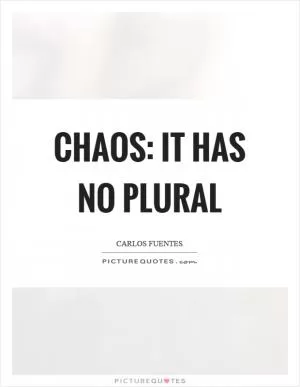
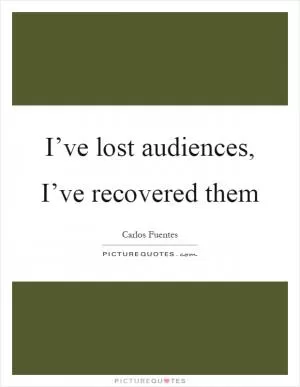

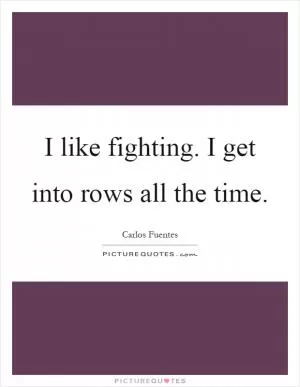
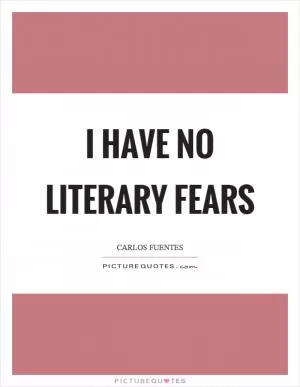


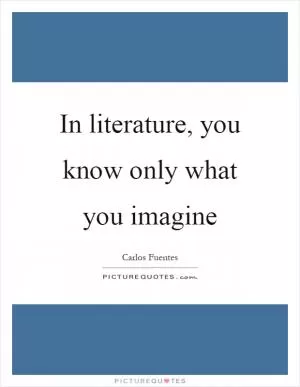

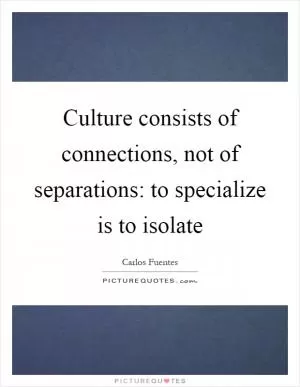
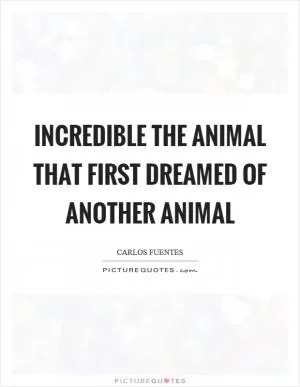
 Friendship Quotes
Friendship Quotes Love Quotes
Love Quotes Life Quotes
Life Quotes Funny Quotes
Funny Quotes Motivational Quotes
Motivational Quotes Inspirational Quotes
Inspirational Quotes